MWC 2023’s Biggest Telecom Announcements: Microsoft, Qualcomm, Google, AT&T
Mobile edge, open RAN, 5G and private 5G networking were the hot topics on top of mind for the world’s biggest service providers, IT vendors, and telecom equipment makers at MWC 2023 in Barcelona this week.
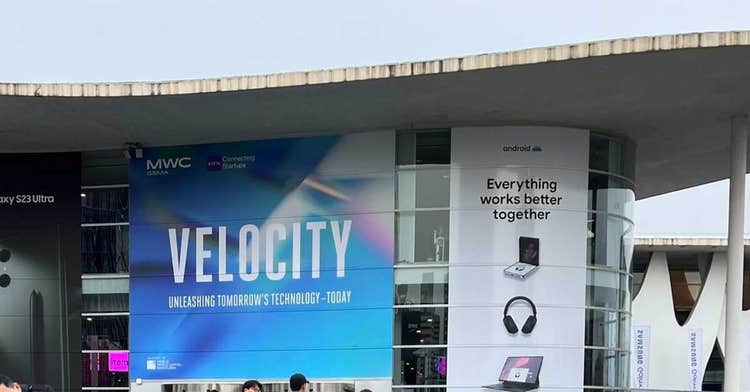
Mobile World Congress 2023 kicked off this week in Barcelona as wireless providers and IT vendors came armed with telecom-focused offerings that are harnessing some of the most cutting-edge and exciting technologies and concepts, such as Open RAN, edge computing and 5G.
For many companies, Mobile World Congress (MWC) was the time to unveil partnerships with fellow telecom equipment makers and mobility specialists. In fact, at least three companies — AT&T, EdgeQ, and Juniper Networks — took to the show to announce that they had teamed up with Vodafone, a leading telecommunications mobile operator in Open Radio Access Network (ORAN), to further Open RAN and their own portfolios of solutions for enterprise users.
Tech giants, like Cisco Systems and Intel, took to the show to promote enterprise 5G adoption and the solutions that partners can sell to expand this next-generations cellular offering to their end customers. Others, like wireless specialist Cradlepoint, showed off their new 5G network slicing capabilities. And then there was Nokia, which took advantage of the world stage to release its revamped brand logo and companywide strategy that involves becomes a trusted mobility partner for enterprises.
With so many vendors at MWC that have their sights set on taking telecom to the next level, here’s a sampling of 10 major 5G and telecom-related announcements and partnerships that came out of the show this week in Barcelona.

Cisco, Intel Join Forces On Private 5G Adoption
Cisco Systems and Intel on Monday announced plans to collaborate with fellow tech giant Intel to accelerate engineering innovation and drive adoption of Cisco Private 5G based on Intel technology, the two companies announced at the show.
Via the terms of the partnership, Cisco and Intel will create reference architectures across various IoT industries, including manufacturing, supply chain, and smart venues, to scale and expand Cisco’s Private 5G solution blueprint through its MSP partners. The two companies will team with MSPs across the Americas, Europe, Middle East, and Asia Pacific, to customize these solutions to meet specific regional needs and use cases, San Jose, Calif.-based Cisco said.
Cisco and Intel also are planning to build three global private 5G innovation centers that enterprise CIOs can use vet private 5G use cases and test a wide array of 5G applications before taking them to market. The two companies will work with various 5G device manufacturers, RAN manufacturers, and enterprise application software publishers within the private 5G innovation centers. Target locations for the innovation center labs include California, Frankfurt and Tokyo.

Cradlepoint Shows Off 5G Network Slicing
Cradlepoint is coming together with its parent company Ericsson to make 5G network slicing for distributed enterprises a reality. To that end, Cradlepoint at MWC 2023 showed off 5G Standalone (SA) network slicing. The demonstration highlights how 5G network slicing will allow enterprises to take advantage of end-to-end performance guarantees over 5G Wireless WANs, similar to the SLAs available with MPLS networks.
The Boise, Idaho-based company said that 5G network slicing will entice more enterprises to adopt wireless as part of their critical WAN infrastructure for their increasingly demanding applications. An
an estimated 30 percent of potential 5G use cases require network slicing as an enabler, the company said.
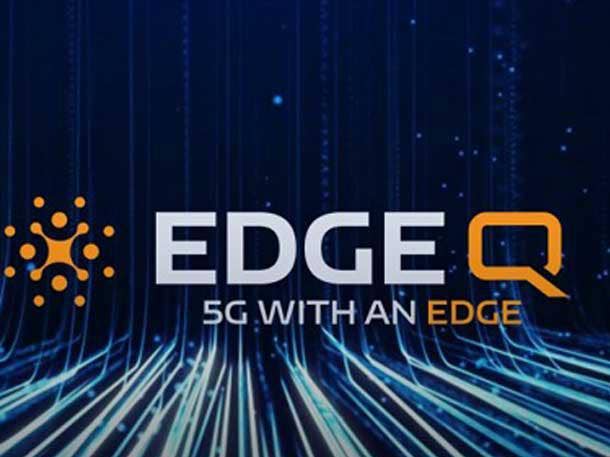
EdgeQ Teams With Vodafone, Dell on maMIMO Open RAN Solution
5G systems-on-a-chip startup EdgeQ took to MWC to reveal a collaboration with mobile operator Vodafone and Dell Technologies. Together with EdgeQ, the three companies debuted an ORAN-based, massive MIMO (maMIMO) solution.
The collaboration and design between the three companies is putting forth a new example of maMIMO 5G networks that uses in line acceleration technologies to deliver high user capacity, high network bandwidth at relatively low power for the new ORAN based deployments, the companies said.
The system on display at MWC contained a Dell PowerEdge XR11 server and an EdgeQ M-Series L1 accelerator that demonstrated throughput of 5Gbps, with the accelerator drawing less than 50 watts. The collaboration and design between the three companies showed the principles of a 5G ORAN infrastructure solution on a standard server, an inline acceleration, a Radio Unit (RU) system, and third party L2/L3 software stack from collaborating companies, EdgeQ said in a statement on the partnership.

Google Unveils Three New Telecom Products
Google Cloud came armed to the annual event with three new telecom products aimed at helping communication service providers (CSPs) address network transformation and monetization, according to the Mountain View, Calif.-based tech giant.
First up was Telecom Network Automation, an offering that accelerates network and edge deployments through cloud-native automation based on Kubernetes and collaboration from Nephio, an open-source project that Google Cloud founded in partnership with the Linux Foundation in 2022. The second offering unveiled was Telecom Data Fabric, which provides an automated data collection, normalization, and correlation through an adapter framework. This product will help CSPs transition to the cloud faster, the company said. The third offering was Telecom Subscriber Insights, an AI-powered service that helps CSPs extract insights using various CSP owned data sources to recommend actions and activate on multiple channels. The offering will help accelerate subscriber growth, engagement and retention, according to Google.
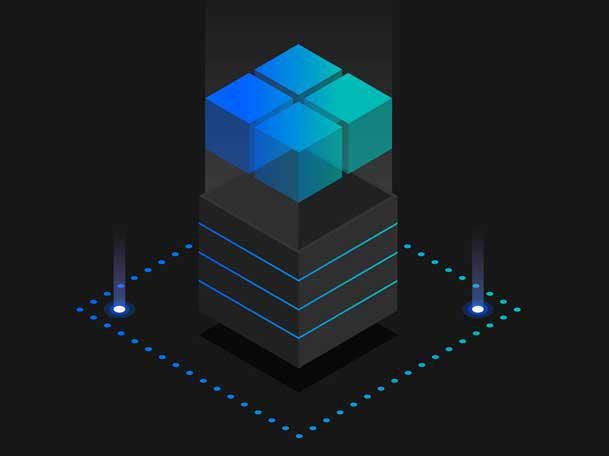
IBM Furthers Telecom Strategy Through Partnerships
Partnership was the name of the game for IBM this year at MWC while the company promoted its larger networking and telecommunications strategy.
The tech giant on Monday revealed an extension to its relationship with Nokia with plans for the two companies to offer a seamless, simplified private 5G managed service offering, which will deliver private 5G solutions on IBM Cloud Satellite to enterprise customers. Nokia plans to integrate IBM’s Cloud Pak for Network Automation solution into the current joint offering, the two companies said.
Also on Monday, IBM and automated network testing and assurance provider Spirent announced more collaborative efforts to integrate IBM’s Cloud Pak for Network Automation and Spirent test and active assurance solution into the two companies’ current joint offering to further automate the 5G cloud-native deployment process for end customers, according to Armonk, N.Y.-based IBM.
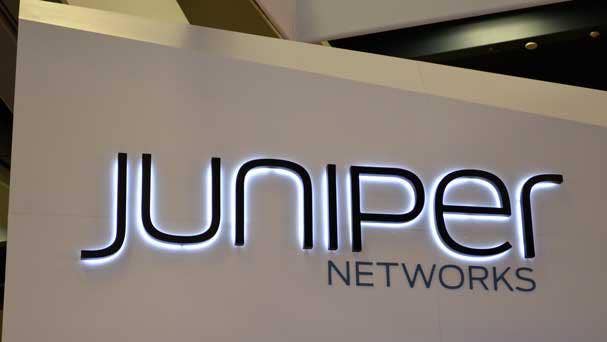
Juniper Networks Furthers Open RAN Plans
Networking specialist Juniper Networks is continuing its efforts and investment related to helping operators make Open RAN a reality. To that end, the company announced two new partnerships.
Juniper has teamed up with Vodafone deliver a successful — and according to the vendors — first-of-its-kind Open RAN RIC trial on a commercial network, which Juniper said validated the successful performance of third-party app integration and demonstrating the power of openness. The trial demonstrated how Juniper’s RAN Intelligent Controller (RIC) can unlock the true potential of Open RAN, which Juniper said results in improved end-user experiences, operating expense control, service differentiation and sustainability.
The company also expanded on its collaboration with IBM by integrating IBM’s network automation capabilities with its own RAN optimization and ORAN technology. The combination provides a unified RAN management platform to better allow CSPs to monetize, optimize and scale their investments in next-generation networks and provide better experiences to mobile users. Juniper said the goal of this solution will be to offer end-to-end automation of secured 5G network slices.
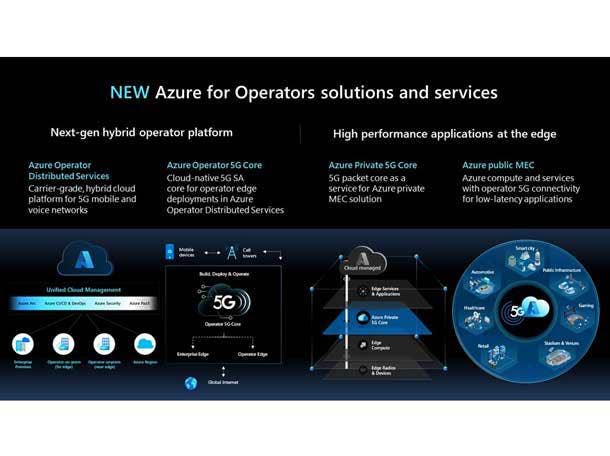
Microsoft Azure Operator Nexus Ready Program
Microsoft announced the public preview of , an expansion of the Azure Operator Distributed Services private preview. The tech giant described Azure Operator Nexus as a hybrid, carrier-grade cloud platform designed for the specific needs of the operator in running network functions such as packet core, virtualized radio access networks (vRAN), subscriber data management, and billing policy. The offerings also includes Microsoft Services for security, lifecycle management, observability, DevOps and automation, the company said.
Microsoft said it has been selectively working with operators for potential deployments around the world. Dallas-based carrier giant AT&T also took to MWC to reveal that it is now public user of Azure Operator Nexus platform.
Microsoft Azure Operator Nexus uses cloud technology to modernize and monetize operator network investments to lower overall TCO, improve operations efficiency and resiliency through AI and automation, and boost security for highly distributed, software-based networks, Microsoft said.
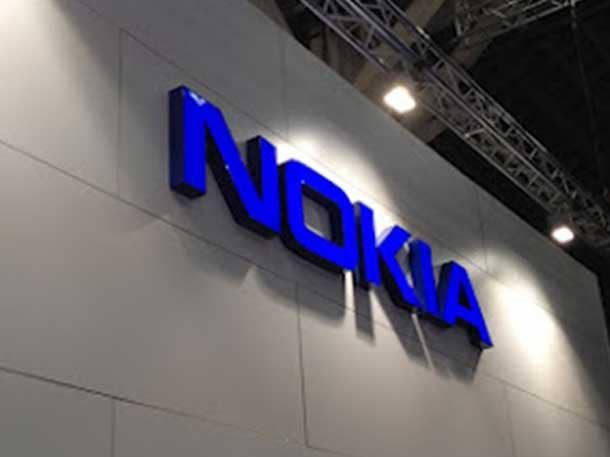
Nokia Refreshes Strategy And Brand
Finnish telecommunications and electronics corporation Nokia took to MWC to unveil its refreshed brand and companywide strategy which the company said would help it focus on sustained, long-term growth in the future where “networks meet cloud.”
Nokia at the show unveiled its new logo, which the company called emblematic of an energized, dynamic, and modern Nokia — a symbol of collaboration. Nokia said it is refreshing its brand to signal its transition to a B2B technology innovation leader that brings its networking expertise, technology leadership, pioneering innovation and collaborative partnership to the table.
The company said it plans on growing market share with service providers and enterprises within its customer mix, implement new business models, such as as-a-Service; and develop its environmental, social and governance measures into a competitive advantage.
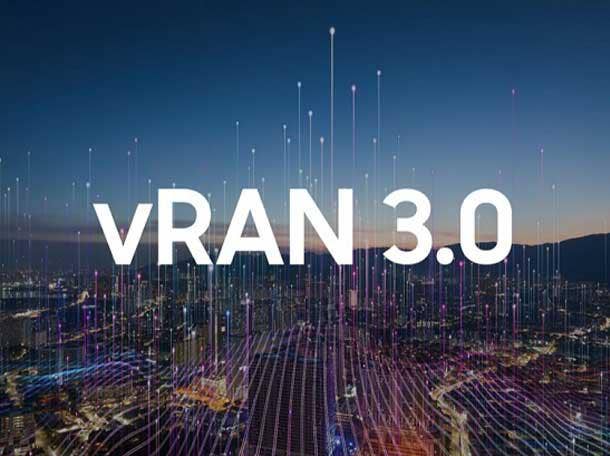
Samsung Launches vRAN 3.0, Cloud Orchestrator Updates
Electronics specialist Samsung unveiled vRAN 3.0, the company’s next generation of the virtualized RAN software that helps operators improve how they deploy, manage and scale. The software now includes a focus on energy efficiency and performance optimization and has tools that increase bandwidth support of Massive MIMO radios, analyze hourly traffic patterns to optimize network conditions and automate networks to save energy consumption. The company also introduced updates to the Samsung Cloud Orchestrator (SCO), a solution that automates the lifecycle management of large-scale vRAN. It now supports automation of vRAN deployments on both private and public clouds.
Samsung at MWC also announced an expansion to its collaboration with Vodafone. The two companies pledged to accelerate 5G Open RAN expansion across Europe, beginning in Germany and Spain, while enhancing Vodafone’s 5G network in the U.K.

Qualcomm Expands On Extended Reality
Qualcomm Technologies Inc. at MWC this year shared that it was seeing operator traction around the enablement and expansion of extended reality (XR). In fact, seven global operators, including the likes of T-Mobile and Vodafone, announced plans to use Snapdragon Spaces, the company’s open mixed-reality platform for developing augmented reality software using Qualcomm’s mobile hardware technologies, to expand their own XR strategies.
Qualcomm said that operators including CMCC, Deutsche Telekom, KDDI Corporation, NTT QONOQ, T-
Mobile, Telefonica, and Vodafone are working with Qualcomm on new XR devices using Qualcomm’s technology as the foundation. The company said that these operators are helping to define Snapdragon Spaces device requirements and compatibility, which will give customers the ability to do things like wirelessly tether smartphones and smart glasses.
The company at the event also shared that Japanese telecom operator KDDI Corporation and Qualcomm have entered into a multi-year collaboration, focused on the expansion of XR use cases and creation of a developer program in Japan.